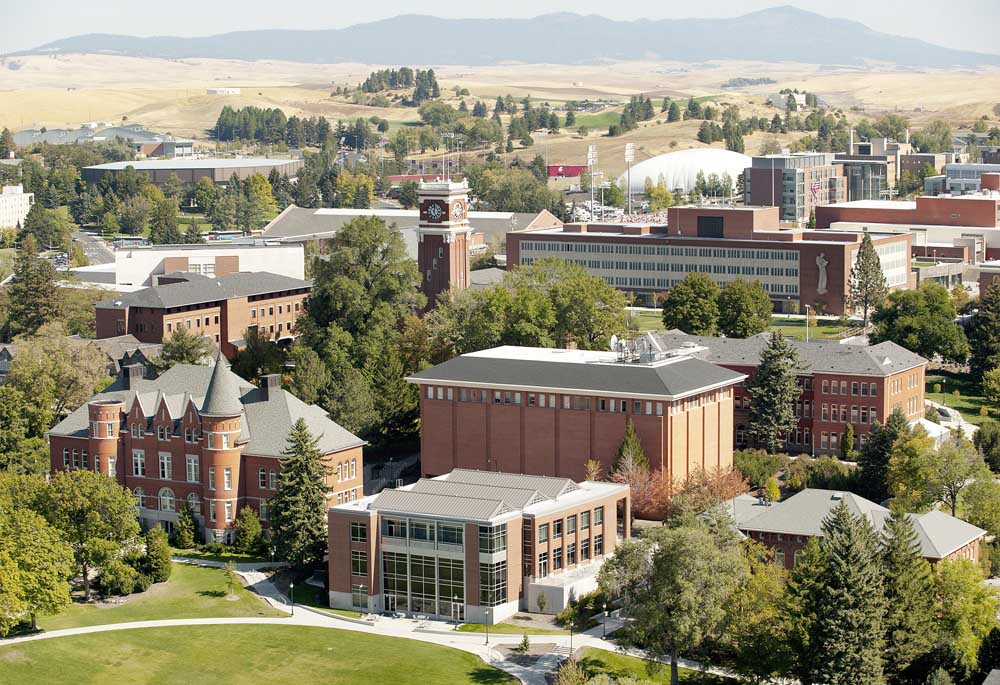USDA ARS plans new building on WSU campus
Published 1:40 pm Friday, July 19, 2019

- The Washington State University campus in Pullman.
PULLMAN, Wash. — USDA’s Agricultural Research Service has a new building on the drawing boards that will provide researchers with much-needed updated facilities.
The $104.9 million building will be part of the Washington State University’s Research and Education Complex in Pullman. Construction is slated to begin in 2021.
“This is another great addition to the facilities here,” said David Weller, a research leader and plant pathologist with USDA ARS. “So much of our science begins in the laboratory.”
The new, modern facilities will allow ARS to help researchers breed better crops, Weller said.
“It really enhances our ability (for) better science and to be more responsive to the needs of our stakeholders within the agricultural community,” he said.
Many ARS scientists are in WSU’s Johnson Hall on the campus. It was built in 1958-1961.
“We’re all hoping it spells the beginning of the end of Johnson Hall,” said Rich Koenig, interim chairman of WSU’s Department of Crop and Soil Sciences. “It’s at the end of its useful life. It’s really not an environment in which to conduct modern science.”
It would be very difficult and expensive to modernize the existing building, Koenig said. With the new USDA building and the state-funded Advanced Plant Sciences building in the complex, all or part of Johnson Hall could be vacated, Koenig said.
“The aging infrastructure is only more aged,” he said.
The USDA building would be the third of five to seven under consideration for the complex, Koenig said. The size of the new facility will depend on several factors.
“The amount of money and how many square feet that will buy depends largely on the economy of the market, trade, things that may be impacting the price of metals and other infrastructure-related materials,” Koenig said.
USDA originally planned to construct the building in the 2000s. When the recession hit, the building was put on hold, Koenig said.
The deep collaboration between USDA ARS and WSU began when USDA sent Orville Vogel to help WSU wheat breeders, Weller said. Vogel served as a USDA ARS scientist and a WSU faculty member from 1931 to 1972.
“That relationship has been one of the best examples of partnerships between state scientists and federal scientists anywhere in the nation,” Weller said.
WSU and USDA researchers will both work in the new building, Koenig said.
“(It) really reciprocates the relationship that we’ve had now for almost 90 years, where USDA scientists have occupied and been welcomed at WSU buildings and facilities,” Koenig said.
The new building will house all ARS plant science-based scientists not already in the Vogel Plant Biosciences Building or Western Wheat Quality Laboratory.
That includes researchers in wheat genetics, quality and pathology; dry pea, lentil and pulse crop units; plant germplasm introduction and testing units; and the Northwest sustainable agroecosystems unit, which manages soils and cropping systems.
WSU crop and soil sciences, plant pathology and horticulture researchers are also slated to be in the new building.







